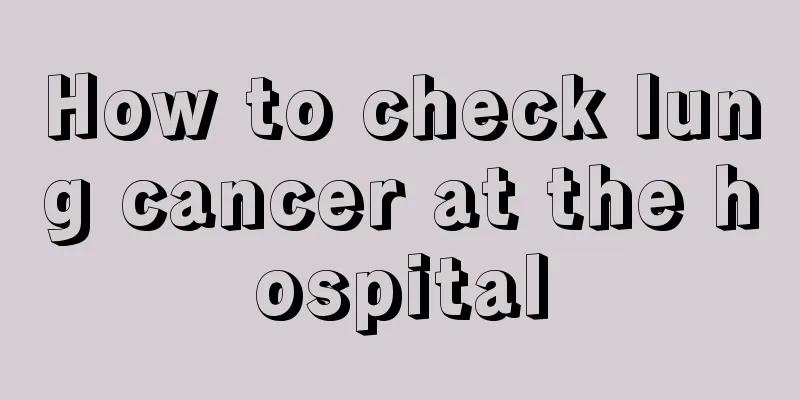What are the early symptoms of ankylosing spondylitis

|
Ankylosing spondylitis is relatively common in clinical practice. This disease mainly occurs in the spine. Many patients do not pay attention to it and thus ignore the early symptoms of ankylosing spondylitis. The early symptoms of ankylosing spondylitis are also very obvious and may cause complications. 1. Concurrent peripheral arthritis: The most common disease is in the hip joint, accounting for 35% of the population. The disease is usually bilateral, with a slow onset, and flexion contracture and stiffness quickly appear. In order to maintain an upright position, the knee often has compensatory flexion. The shoulder joint is the second most common site. Occasionally there are knee joint lesions. Other joints are rarely affected. In addition, there will be tender points in the exo-articular skeleton, mainly occurring at the sternocostal junction, spinous process, iliac crest, greater trochanter of the femur, tibial tuberosity, ischial tuberosity and heel. Sometimes these symptoms can also appear early. 2. Weakened chest expansion: Patients will experience chest pain, some with radiating intercostal neuralgia. This is because as the lesion progresses toward the thoracic spine, the costovertebral joints are affected. Only a few patients find that their chest cannot expand fully when they inhale. Due to the ankylosis of the costovertebral joints, during examination it can be found that the thorax cannot move during inspiration and breathing can only rely on the diaphragm. Under normal circumstances, with maximum inhalation and exhalation, the range of motion at the fourth intercostal space can reach more than 5cm. Those less than 5cm should be considered as weakened chest expansion. In the early stage, lung function is rarely weakened. In the later stage, due to severe spinal kyphosis and loss of chest expansion ability, lung ventilation function is significantly reduced. 3. Lower back pain and spinal stiffness: This is the most obvious symptom of ankylosing spondylitis. Lower back pain occurs slowly and is dull. It is difficult to tell where the pain is, and sometimes it involves the buttocks. The pain may also be severe, concentrated near the sacroiliac joint, radiating to the iliac spine, greater trochanter and posterior thigh. At first, the pain may be bilateral or unilateral, but after a few months it becomes bilateral and lower back stiffness occurs. Morning stiffness is a very common symptom and can last for up to several hours. Long-term inactivity makes stiffness more obvious. Patients often complain that it is very difficult to get up due to stiffness and pain. They can only turn sideways and roll off the edge of the bed to stand up. |
>>: Can gastric tumors be cured? Diet therapy for gastric tumors
Recommend
What is the most effective way to prevent lung cancer? Eight actions to prevent lung cancer
According to the test results released by the Dis...
How to remove onychomycosis
After suffering from onychomycosis, you must take...
Automatic coffee machine
Many friends like to drink a cup of coffee in the...
What to do if you are stung by a black bee
As we all know, bees are poisonous insects. There...
What are the methods for checking melanoma
Many patients with melanoma are very confused whe...
Who are the people who are susceptible to gastric cancer
Gastric cancer is simply a cancer that occurs in ...
Can aplastic anemia be cured?
Anemia should be said to be a very common disease...
Is liver cancer contagious if it is diagnosed in the hospital? Whether liver cancer is contagious depends on these three points
Liver cancer is one of the most common malignant ...
What does high blood lipids mean
In life, the elderly are prone to diseases like h...
The efficacy and function of watermelon rind
With the development of technology, many things a...
What to do if you are stung by a bee
There are many types of bees. What should you do ...
What should I do if my permanent teeth fall out
A person's permanent teeth accompany them thr...
What are the dangers of genetically modified foods?
In fact, we may rarely hear the word genetically ...
Can you tell me whether lymphoma in pregnant women is easy to treat?
Is lymphoma in pregnant women easy to cure? In re...
Can yogurt be heated? Can yogurt be heated in winter?
The organic acids in yogurt can effectively impro...









